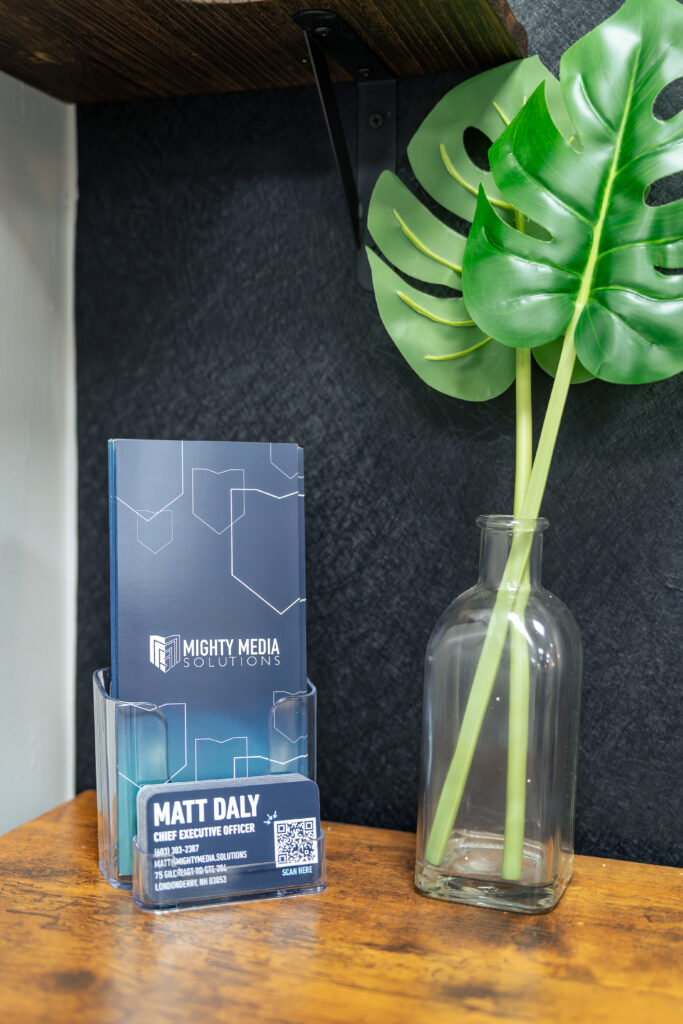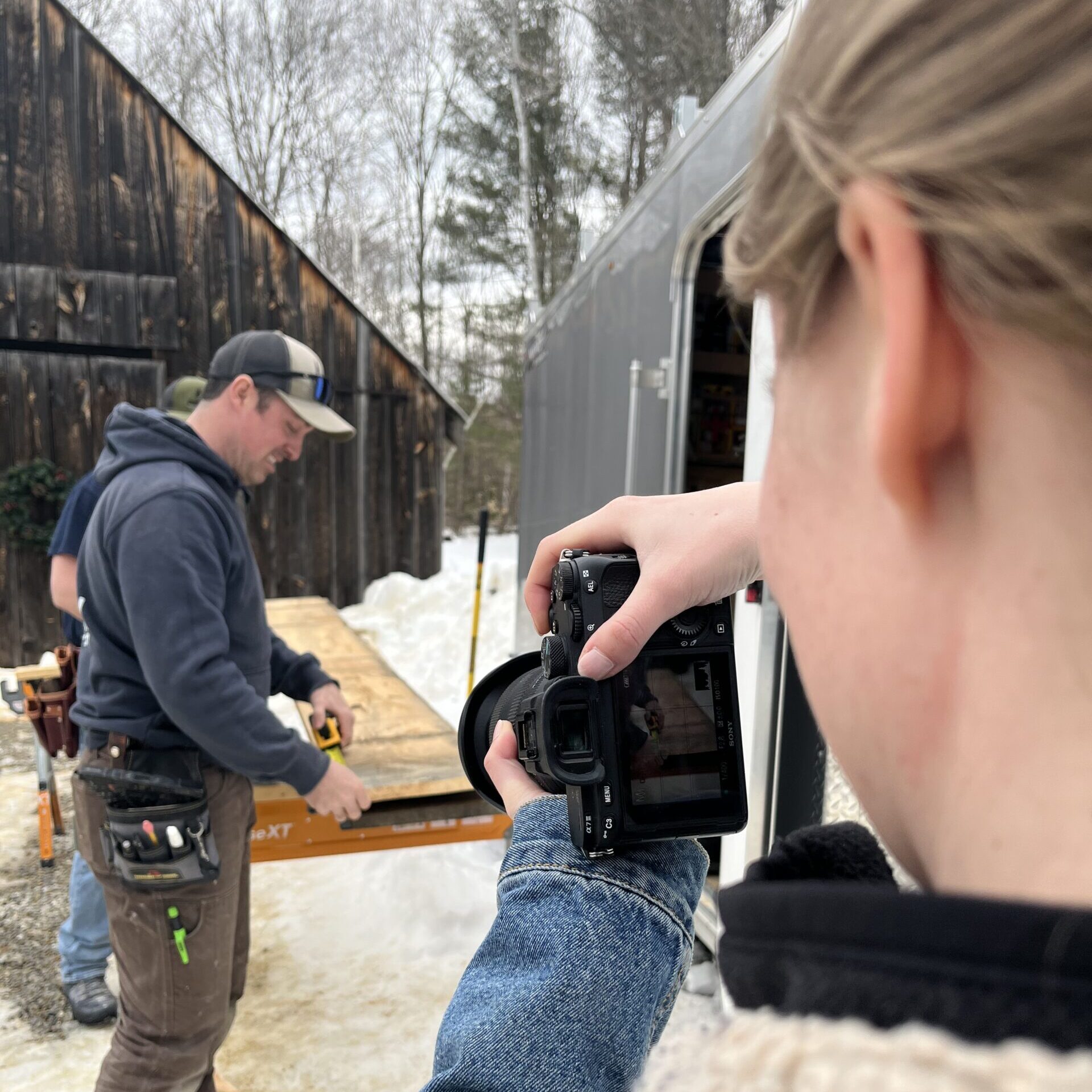Your potential customers aren’t just searching for “businesses near me” when they’re ready to hire someone. They’ve been researching, comparing, and building trust for weeks or even months before they ever pick up the phone. Yet most local businesses optimize their websites like everyone’s ready to buy right now.
That’s a massive missed opportunity. Every day, people in your area are searching for solutions to problems you solve, but they’re using completely different words than you expect. They’re asking questions, looking for education, and trying to understand their options long before they’re ready to request a consultation or make a purchase.
The businesses dominating local search results understand something their competitors don’t: the customer journey isn’t linear, and neither should your SEO strategy be. When you align your content with how people actually research and make decisions, you don’t just rank better. You build relationships that convert at much higher rates because you’ve been helpful throughout their entire decision-making process.
Understanding the Three Stages of Search Intent
Your customers move through distinct phases when searching for services like yours, and each phase requires a completely different SEO approach. Most businesses focus exclusively on the final stage where people are ready to hire, but that’s where competition is fiercest and trust is hardest to build.
The awareness stage is where your biggest opportunities hide. People know they have a problem but aren’t sure what it’s called or how serious it is. They’re searching for symptoms, asking “why” questions, and looking for educational content. A potential client might search “best marketing strategies for small business” long before they ever search “digital marketing agency near me.”
During this stage, they’re not comparing prices or looking at your service areas. They want to understand what’s happening, whether it’s urgent, and what their options might be. When you create content that answers these early-stage questions, you’re building trust and positioning yourself as the expert who guided them from confusion to clarity.
The consideration stage is where people understand their problem and are researching solutions. Now they’re searching for “how to” guides, comparing different approaches, and trying to decide whether to handle it themselves or work with a professional. They might search “marketing budget for small business” or “should I hire an agency or freelancer” or “best digital marketing tools for local businesses.”
This is prime real estate for local businesses because you can demonstrate expertise while subtly showing why professional service makes sense. You’re not selling yet, you’re educating. But that education naturally leads people toward understanding the value of working with someone who knows what they’re doing.
The decision stage is where most businesses focus all their SEO efforts. People are searching for “marketing agencies near me,” reading reviews, and comparing service offerings. Competition is intense because everyone’s fighting for these high-intent keywords. But here’s the thing: if you’ve been helpful during the earlier stages, you’re not starting from scratch when they reach this phase.
According to research from Think with Google, customers who engage with a brand’s educational content during early research stages are 131% more likely to purchase from that brand later. You’re not just competing on price and reviews anymore. You’re the company that helped them understand their problem and options from the beginning.

Mapping Content to Search Behavior Patterns
The most successful local SEO strategies we’ve implemented don’t just target keywords. They target the questions, concerns, and research patterns of real customers at each stage of their journey. This means understanding not just what people search for, but why they’re searching and what they need to feel confident moving forward.
Start by documenting the actual questions clients ask during consultations. The concerns that come up repeatedly. The misconceptions you find yourself correcting. These real-world insights reveal search opportunities your competitors are missing because they’re focused on obvious industry keywords rather than customer language.
Early-stage content should focus on problem identification and education. Create comprehensive guides that help people understand what they’re dealing with. “Signs Your Business Needs Professional Marketing Help” performs better than “Marketing Services” for capturing people who aren’t ready to hire yet but will remember who helped them recognize their situation.
Mid-stage content addresses the “how” and “what” questions that come after problem recognition. Comparison guides, cost breakdowns, and process explanations work well here. “What to Expect When Working with a Marketing Agency” attracts people who are moving toward hiring someone but want to understand what they’re getting into.
Decision-stage content should reduce friction and build confidence in choosing you specifically. Client success stories, detailed service area pages, and clear information about your process, guarantees, and credentials help people feel comfortable taking the next step.
The key is connecting these content pieces so people can easily move from awareness to decision within your website ecosystem. Internal linking becomes crucial for guiding visitors through this journey naturally. When someone reading your problem-identification article can easily find your solution comparison guide and then your service pages, you’re creating a conversion path that feels helpful rather than pushy.
Social media and email marketing amplify this approach by allowing you to nurture people through multiple touchpoints. Share educational content regularly, and you’ll stay top of mind as people move through their research process at their own pace.
Technical SEO for the Complete Customer Experience
Your SEO strategy needs to work seamlessly across devices and situations because customers research differently depending on where they are and what they’re doing. Someone discovering a problem at home might start with a detailed Google search on their laptop. Later, they might search for quick answers on their phone while discussing options with their spouse.
Page speed becomes critical when you’re targeting early-stage researchers who might bounce quickly if your educational content doesn’t load fast. Google’s research shows that 53% of mobile users abandon sites that take longer than 3 seconds to load. When someone’s trying to figure out if their problem is urgent, every second matters.
Mobile optimization goes beyond responsive design when you’re serving the complete customer journey. Early-stage content needs to be scannable with clear headers, bullet points, and short paragraphs. Decision-stage content might include click-to-call buttons and easy-to-find contact information. Different stages require different user experience optimizations.
Local SEO elements should appear naturally throughout journey-focused content rather than just on service pages. When you mention specific neighborhoods, local business challenges, or regional market conditions in your educational content, you’re reinforcing local relevance while providing genuinely helpful information.
Schema markup becomes more powerful when applied to educational content. FAQ schema on your problem-solving articles can help you appear in featured snippets for question-based searches. How-to schema on process explanations might capture the growing number of people asking voice assistants for step-by-step guidance.
Site structure should reflect the customer journey rather than just your internal organization. Consider creating clear pathways from educational content to service pages. Breadcrumb navigation helps people understand where they are in your content ecosystem and easily backtrack if needed.
The businesses seeing the strongest SEO results create content hubs around customer journey themes rather than just individual keyword targets. A “Business Owner’s Guide to Digital Marketing” section that covers everything from identifying marketing needs to choosing the right partners performs better than scattered individual articles because it demonstrates comprehensive expertise and keeps people engaged longer.
Converting Journey-Stage Traffic Into Qualified Leads
The biggest mistake we see with journey-based SEO is creating great educational content but failing to convert that traffic into business relationships. People won’t automatically contact you just because your content helped them. You need strategic conversion points that feel natural and valuable at each stage.
Early-stage visitors aren’t ready for sales conversations, but they might appreciate resources that help them assess their situation or prepare for eventual action. Downloadable checklists, industry guides, or educational email series work well for capturing contact information from people who found your content helpful but aren’t ready to hire yet.
Mid-stage prospects are evaluating options and might appreciate tools that help them make better decisions. Budget calculators, comparison worksheets, or guides for selecting service providers provide value while positioning you as the expert they should consider when they’re ready to move forward.
Decision-stage visitors need confidence-building elements and easy ways to take the next step. Clear service descriptions, client testimonials, and straightforward contact processes remove barriers for people who are ready to engage. But even here, consider offering consultation calls rather than just quotes, especially for complex services where education continues to be valuable.
Lead magnets should match the search intent that brought people to your site. Someone who found you through “marketing strategy for small business” content might want a comprehensive planning checklist. Someone reading about long-term growth might prefer a quarterly review guide they can use over time.
Email follow-up sequences become incredibly powerful when segmented by journey stage. Early-stage subscribers get educational content over time. Mid-stage leads receive comparison guides and case studies. Decision-ready prospects get client success stories and clear calls to action for consultations.
The most effective conversion strategy treats your website as a relationship-building platform rather than just a lead generation tool. When people feel like you’ve genuinely helped them understand their situation and options, they’re much more likely to choose you when they’re ready to hire someone.

Measuring Success Across the Entire Customer Journey
Traditional SEO metrics like rankings and traffic only tell part of the story when you’re optimizing for the complete customer journey. The real measure of success is how effectively you’re moving people from awareness to decision and ultimately to becoming clients who refer others.
Track engagement metrics that indicate relationship building rather than just visibility. Time on page, pages per session, and return visitor rates reveal whether your content is genuinely helpful or just ranking well. Educational content that keeps people engaged for several minutes and encourages them to explore other pages indicates you’re building trust and authority.
Conversion tracking should include micro-conversions that happen before someone contacts you. Newsletter signups, resource downloads, and social media follows represent progress through the customer journey even if they don’t immediately generate sales calls. These early conversions often predict later business better than traffic volume alone.
Attribution becomes crucial for understanding which content actually influences hiring decisions. Many clients will interact with multiple pieces of your content over weeks or months before contacting you. Google Analytics can help you see these multi-touch journeys, but client surveys during intake calls provide insights that analytics can’t capture.
The businesses with the most successful journey-based SEO strategies track leading indicators rather than just final outcomes. They monitor how many people are entering their content ecosystem at the awareness stage, progressing to consideration-stage content, and eventually reaching decision-stage pages. This progression reveals bottlenecks and opportunities in your content strategy.
Long-term success comes from building an audience of people who trust your expertise and turn to you when they need services or have friends who do. Email subscriber growth, social media engagement, and referral rates often prove more valuable than search rankings alone because they represent relationship building rather than just visibility.
When you optimize for the complete customer journey instead of just high-intent keywords, you’re building a business development system that compounds over time. Each piece of helpful content attracts new people into your ecosystem while nurturing existing relationships toward eventual hiring decisions and referrals.
Ready to capture customers at every stage of their decision-making process? Mighty Media Solutions specializes in creating SEO strategies that build relationships from the first search to the final hiring decision. We’ll help you identify the questions your customers are asking and create content that positions you as the trusted expert who guided them from confusion to confidence.
Let’s work together to build an SEO strategy that doesn’t just generate traffic, but creates the kind of customer relationships that drive sustainable business growth.



